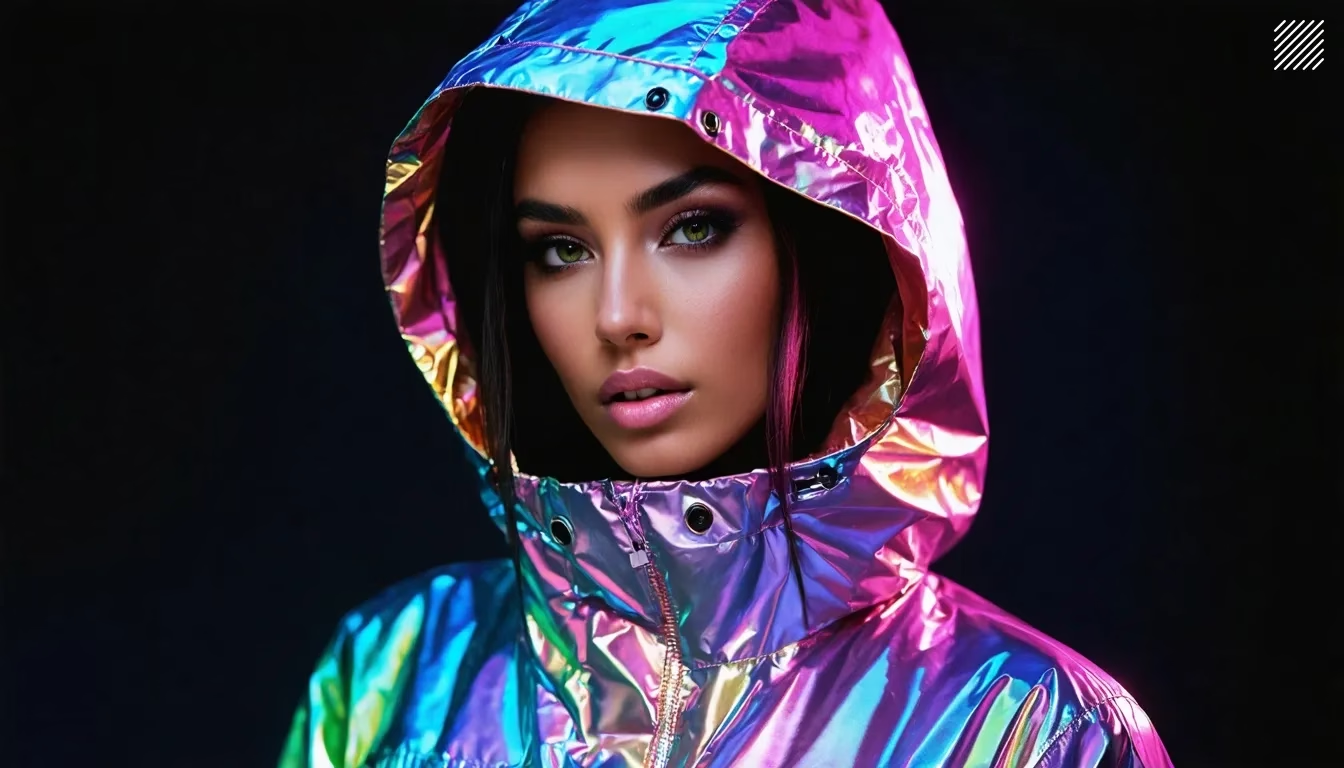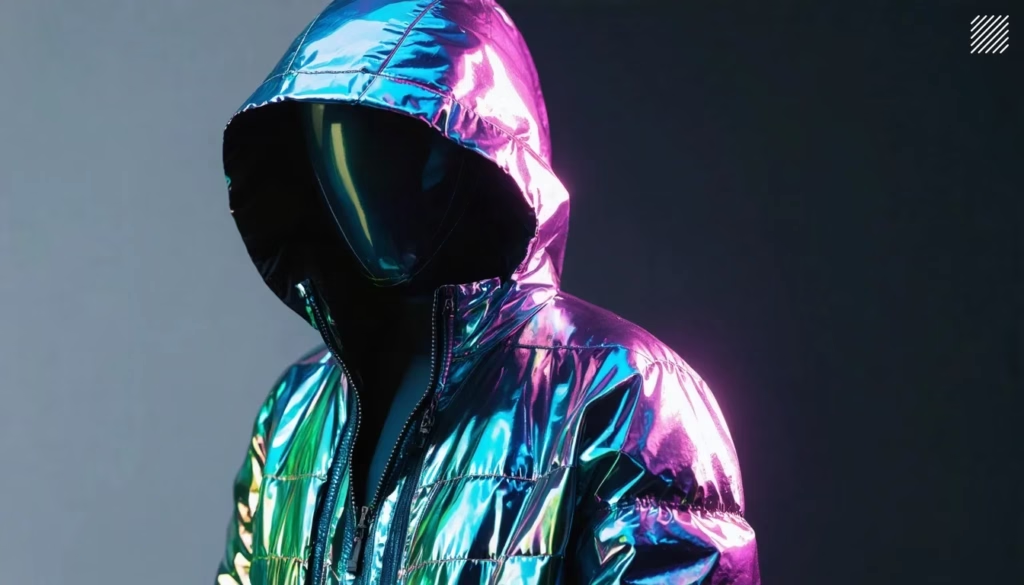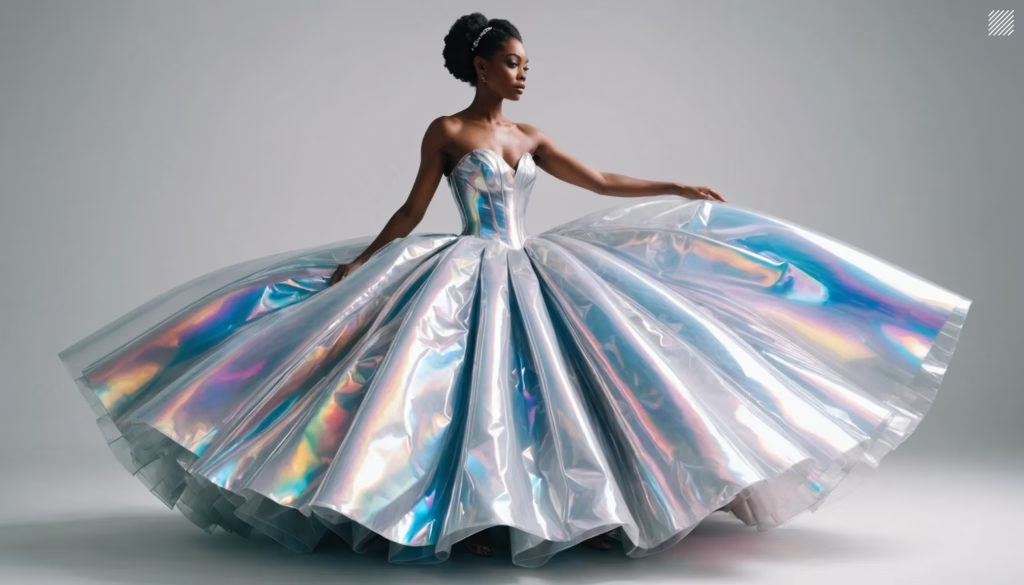
Transforming the Retail Experience: How Fashion is Embracing the Future of Retail Tech
In the rapidly evolving world of fashion, the retail landscape is undergoing a profound transformation. As consumers’ shopping habits and expectations continue to shift, fashion brands and retailers are increasingly turning to cutting-edge technology to redefine the way we experience and engage with apparel and accessories.
From interactive shopping experiences and hyper-personalized in-store environments to the integration of innovative retail tech for enhanced engagement, the fashion industry is at the forefront of a retail revolution that is captivating consumers and driving innovation.
Interactive Shopping Experiences
One of the most exciting frontiers of retail technology innovation in fashion is the rise of interactive shopping experiences. By harnessing the power of emerging technologies like augmented reality (AR), virtual reality (VR), and touchscreen displays, fashion brands are creating immersive, digitally-enhanced shopping journeys that blur the lines between the physical and virtual realms.
AR-Powered Try-On and Visualization
Perhaps one of the most tangible applications of interactive retail tech in fashion is the integration of augmented reality for virtual try-on and product visualization. Leading fashion brands have been quick to leverage this technology, empowering consumers to see how a garment or accessory would look on them before making a purchase.
“With AR try-on, customers can now visualize how a pair of sunglasses or a new outfit will look on them in real-time, without ever having to set foot in a physical store,” explains Sarah, the head of digital innovation at a major fashion retailer. “This not only enhances the shopping experience but also reduces the number of returns, as customers can make more informed purchasing decisions.”
Beyond just apparel and accessories, AR is also being used to help customers envision how larger fashion items, such as furniture and home decor, would fit and complement their existing spaces. By providing these immersive visualization tools, fashion brands are able to drive deeper customer engagement and deliver a more personalized, satisfying shopping journey.
VR-Powered Virtual Stores and Fashion Shows
Stepping beyond the realm of augmented reality, some fashion brands are embracing the potential of virtual reality to create entirely digital shopping environments and fashion experiences. Through the use of VR headsets and specialized software, consumers can now explore virtual flagship stores, browse curated collections, and even attend cutting-edge fashion shows, all from the comfort of their own homes.
“The virtual store experience allows us to showcase our products in a highly engaging and immersive way, while also providing valuable data on how customers interact with and navigate our digital spaces,” says Emma, the creative director at a leading luxury fashion house.
Moreover, the integration of VR technology into fashion shows and runway presentations has opened up new creative avenues for brands to captivate their audiences. By blending physical and digital elements, fashion houses can now transport viewers to fantastical, digitally-rendered environments that complement and enhance the runway experience.
“VR fashion shows give us the ability to push the boundaries of what’s possible in fashion presentation,” explains Emma. “We can create visually stunning, imaginative settings that simply wouldn’t be feasible in the physical world, all while maintaining a direct connection with our audience.”
As the technology behind virtual reality continues to evolve, the potential for fashion brands to create even more captivating, customized shopping and entertainment experiences is poised to grow exponentially.
Touchscreen Displays and Interactive Kiosks
Moving beyond the realm of augmented and virtual reality, fashion retailers are also leveraging touchscreen displays and interactive kiosks to enhance the in-store shopping experience. These cutting-edge technologies allow customers to digitally browse product catalogs, access detailed product information, and even place orders for items that may not be available on the physical store shelves.
“Touchscreen displays and interactive kiosks give our customers the ability to seamlessly explore our full range of offerings, even in a limited retail space,” says Sarah, the digital innovation leader. “It’s a way for us to bring the endless aisle of e-commerce into the physical store, empowering customers to discover and interact with our products in a more dynamic, engaging way.”
These interactive in-store technologies also provide fashion retailers with valuable data on customer browsing and purchasing behavior, enabling them to fine-tune their product assortments, optimize their store layouts, and deliver more personalized recommendations and experiences.
In-Store Technology for Personalization and Engagement
Beyond the realm of interactive shopping experiences, fashion retailers are also leveraging an array of innovative in-store technologies to create highly personalized and engaging environments for their customers.
Smart Mirrors and Personalized Recommendations
One key example of this trend is the integration of smart mirrors into fashion retail spaces. These intelligent, digitally-enabled mirrors not only allow customers to virtually try on garments, but they can also provide personalized style recommendations, product information, and even size and fit guidance based on the individual’s preferences and body type.
“Smart mirrors are a game-changer for us, as they allow us to deliver a truly personalized shopping experience in the physical store,” explains Sarah. “By tapping into customer data and using advanced algorithms, we can offer tailored product recommendations and styling advice that resonates with each individual shopper.”
These smart mirrors can also be integrated with a brand’s e-commerce platform and loyalty program, enabling a seamless, omnichannel shopping journey where customer preferences and purchase history can be accessed and applied across both online and in-store experiences.
RFID-Powered Inventory Management and Store Optimization
Another critical area of in-store technology innovation in fashion is the integration of radio frequency identification (RFID) systems for improved inventory management and store optimization.
By embedding RFID tags into garments and accessories, fashion retailers can gain real-time visibility into their product stocks, reducing the time and effort required for manual inventory checks. This enhanced inventory data not only helps to ensure that the right products are available on the shop floor but also enables more accurate forecasting and replenishment, ultimately reducing stockouts and improving the overall customer experience.
Moreover, the data collected from RFID-tagged products can be leveraged to optimize store layouts, product positioning, and even staffing patterns, ensuring that the in-store experience is tailored to customer behavior and preferences.
“RFID technology has been a game-changer for us in terms of streamlining our inventory management and improving store operations,” says Sarah. “By having a constant, accurate pulse on our product availability and movement, we can make much more informed decisions about how to structure our retail spaces and allocate our resources.”
Data-Driven Personalization and Engagement
At the heart of many of these in-store technology innovations is the underlying power of data-driven personalization and engagement. By harnessing the vast troves of customer data generated through digital touchpoints, loyalty programs, and in-store technologies, fashion retailers are able to create highly customized, hyper-relevant shopping experiences that resonate with individual consumers.
“The key to success in today’s retail landscape is to deliver a personalized experience that makes each customer feel truly seen and understood,” explains Sarah. “By leveraging data and analytics, we can tailor our product assortments, marketing messages, and in-store interactions to the unique preferences and behaviors of our target audience.”
This data-driven approach to personalization extends beyond just product recommendations and styling advice. Fashion brands are also using customer insights to create more engaging, immersive in-store events, personalized loyalty rewards, and seamless, frictionless shopping journeys that keep consumers coming back time and again.
Retail Innovation Trends Shaping the Future of Fashion
As the fashion industry continues to embrace the transformative power of retail technology, several key innovation trends are emerging that are poised to shape the future of the shopping experience.
The Rise of the Phygital Experience
One of the most prominent trends in retail tech innovation is the blending of physical and digital (or “phygital”) shopping experiences. Fashion brands are increasingly seeking to create a cohesive, seamless journey that integrates the best of both the online and offline worlds, providing customers with a truly omnichannel experience.
This phygital approach might involve the integration of AR and VR technology into physical store environments, the use of interactive kiosks and smart mirrors to bridge the gap between e-commerce and brick-and-mortar, or the deployment of RFID-powered inventory management systems to optimize the in-store experience.
“The future of fashion retail is all about breaking down the barriers between physical and digital,” says Sarah. “By creating these phygital experiences, we can deliver the convenience and personalization of e-commerce with the tangible, sensory elements that make in-store shopping so special.”
The Emergence of Autonomous Retail
Another compelling trend in fashion retail technology is the rise of autonomous, AI-powered shopping experiences. Through the integration of advanced computer vision, sensor technology, and machine learning algorithms, fashion brands are able to create fully automated, frictionless retail environments that cater to the needs of modern, time-conscious consumers.
This autonomous retail approach might involve “just walk out” technology that allows customers to seamlessly pick up and pay for items without traditional checkout counters, or intelligent shelving systems that automatically restock and reorganize products based on real-time demand.
“Autonomous retail is all about creating a streamlined, effortless shopping journey that removes the pain points and frustrations that customers often face in traditional stores,” explains Sarah. “By leveraging cutting-edge tech, we can free up our customers to simply discover and purchase the items they love, without the hassle.”
The Emergence of Hybrid Retail Formats
In addition to the phygital and autonomous retail trends, fashion brands are also exploring innovative hybrid retail formats that blend physical and digital elements in unique and engaging ways.
One example of this is the rise of “experiential retail” spaces, where fashion brands create immersive, interactive environments that go beyond just selling products. These spaces might feature AR-powered product visualization, VR fashion shows, or even live events and workshops that bring the brand’s ethos and aesthetic to life in a dynamic, memorable way.
“Experiential retail is all about creating a deeper emotional connection with our customers,” says Sarah. “By offering these unique, multi-sensory experiences, we can cultivate a sense of community and brand loyalty that goes far beyond just transactions.”
Another hybrid retail format that is gaining traction in the fashion industry is the “pop-up shop” concept. These temporary, often highly curated retail spaces allow brands to test new products, engage with target audiences, and create a sense of scarcity and exclusivity around their offerings.
“Pop-up shops give us the flexibility to experiment, iterate, and connect with our customers in unexpected ways,” explains Sarah. “They enable us to create a sense of excitement and discovery that simply can’t be replicated in a traditional, permanent retail setting.”
The Ethical Considerations of Retail Tech Innovation
As the fashion industry continues to embrace the transformative power of retail technology, it is crucial to address the ethical considerations that come with these innovations. Issues of data privacy, algorithmic bias, and the potential impact on retail jobs must be carefully navigated to ensure that the benefits of these technologies are realized in a responsible and equitable manner.
Data Privacy and Transparency
The deployment of in-store technologies like smart mirrors, RFID systems, and AI-powered analytics platforms relies on the collection and use of vast amounts of customer data. Ensuring the ethical and secure handling of this information is paramount, as fashion brands must uphold the privacy rights of their shoppers and build trust through transparent data policies.
“At the heart of our retail tech strategy is a steadfast commitment to data privacy and transparency,” says Sarah. “We have implemented robust data governance frameworks and clear communication to our customers about how their information is being used to enhance their shopping experience.”
Addressing Algorithmic Bias and Inclusive Design
Just as with any machine learning system, the algorithms that power personalized product recommendations, styling advice, and autonomous retail experiences can perpetuate biases present in their training data. Fashion brands must proactively address these issues by incorporating principles of inclusive design and actively seeking to diversify the data and perspectives that inform their retail technology innovations.
“Inclusivity is a core tenet of our retail tech strategy,” explains Sarah. “We’re constantly evaluating our systems for potential bias and working to ensure that our in-store experiences and product offerings cater to the diverse needs and preferences of our customers.”
Empowering Retail Employees Alongside Technology
The integration of advanced technologies into the fashion retail landscape inevitably raises concerns about the potential displacement of human labor, particularly among store associates and sales staff. Fashion brands and technology providers must collaborate with industry stakeholders to develop upskilling initiatives, job transition programs, and collaborative models that empower retail employees to thrive alongside these technological advancements.
“Our goal is not to replace our retail employees, but to augment their capabilities and free them up to focus on the most meaningful and high-value aspects of their roles,” says Sarah. “By investing in the training and development of our store associates, we can ensure that they are equipped to leverage these retail technologies in service of delivering an exceptional customer experience.”
The Future of Fashion Retail: A Seamless, Personalized, and Innovative Experience
As the fashion industry continues to evolve, the integration of cutting-edge retail technologies is poised to become an increasingly prevalent and transformative force. From interactive shopping experiences and hyper-personalized in-store environments to the seamless convergence of physical and digital retail, these innovations are redefining the way consumers discover, engage with, and purchase fashion products.
By embracing the power of data-driven personalization, autonomous retail, and phygital shopping experiences, fashion brands can cultivate deeper, more meaningful relationships with their customers, delivering a level of customization and engagement that was previously unimaginable.
At the same time, it is crucial that the fashion industry addresses the ethical considerations surrounding data privacy, algorithmic bias, and the implications for retail employment to ensure that the benefits of these retail technology innovations are realized in a responsible and equitable manner.
As the fashion industry stands at the forefront of this retail revolution, the future holds the promise of an even more seamless, personalized, and innovative shopping experience – one that seamlessly blends the physical and digital worlds, empowering consumers to discover, express, and indulge their personal style like never before.


